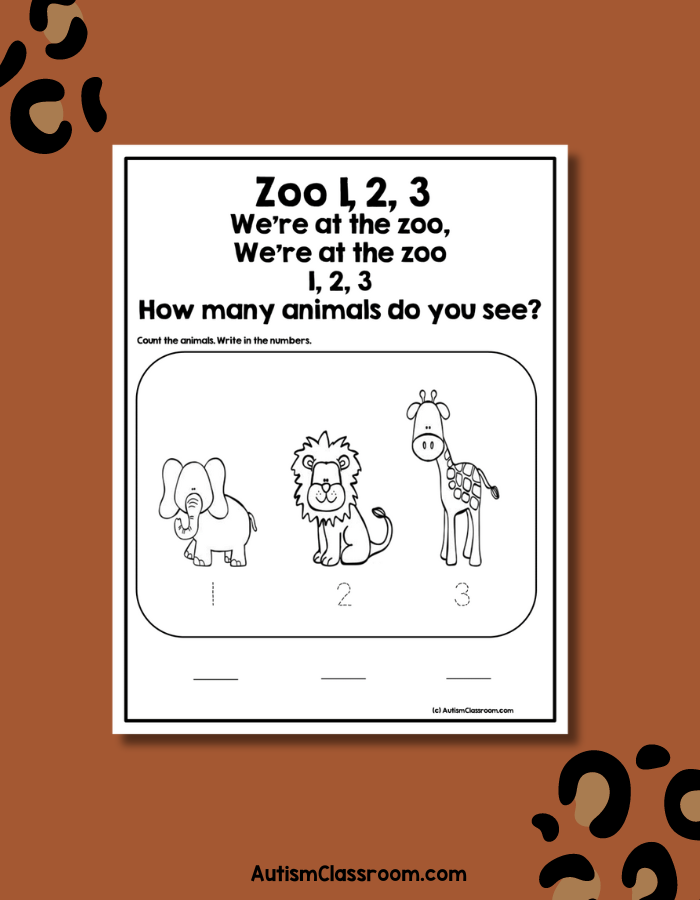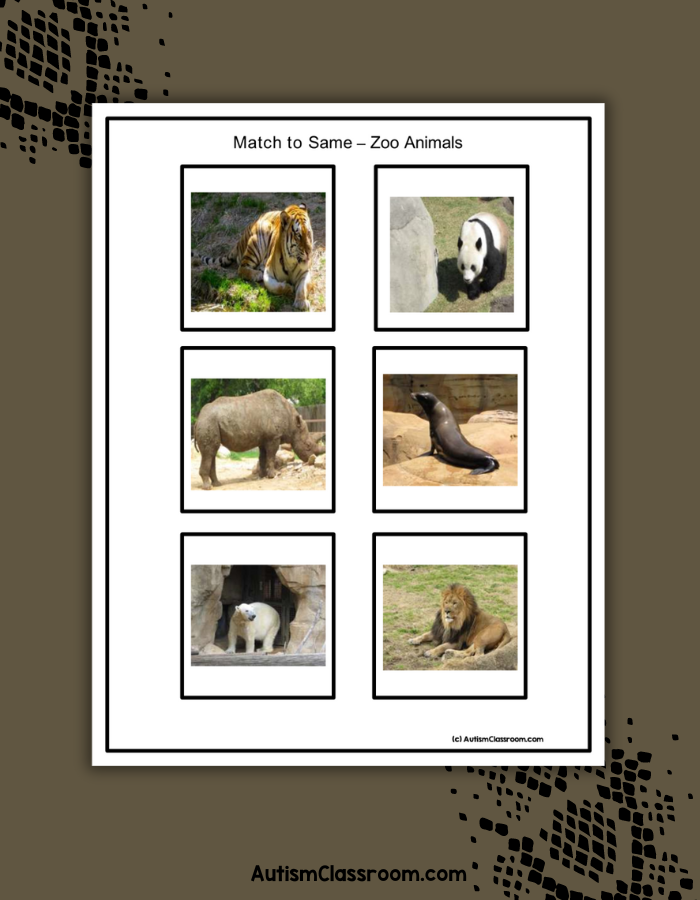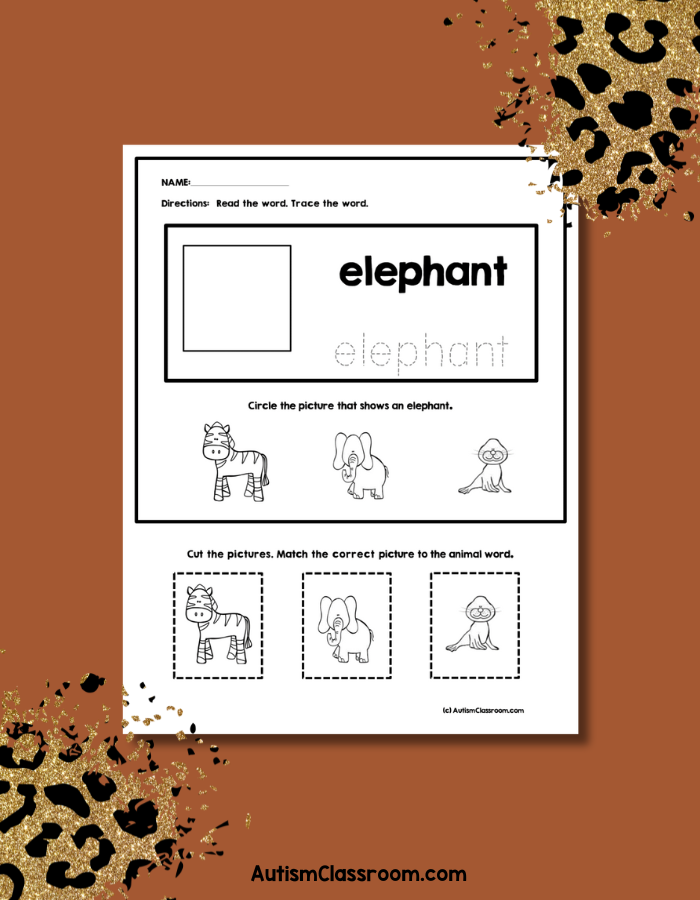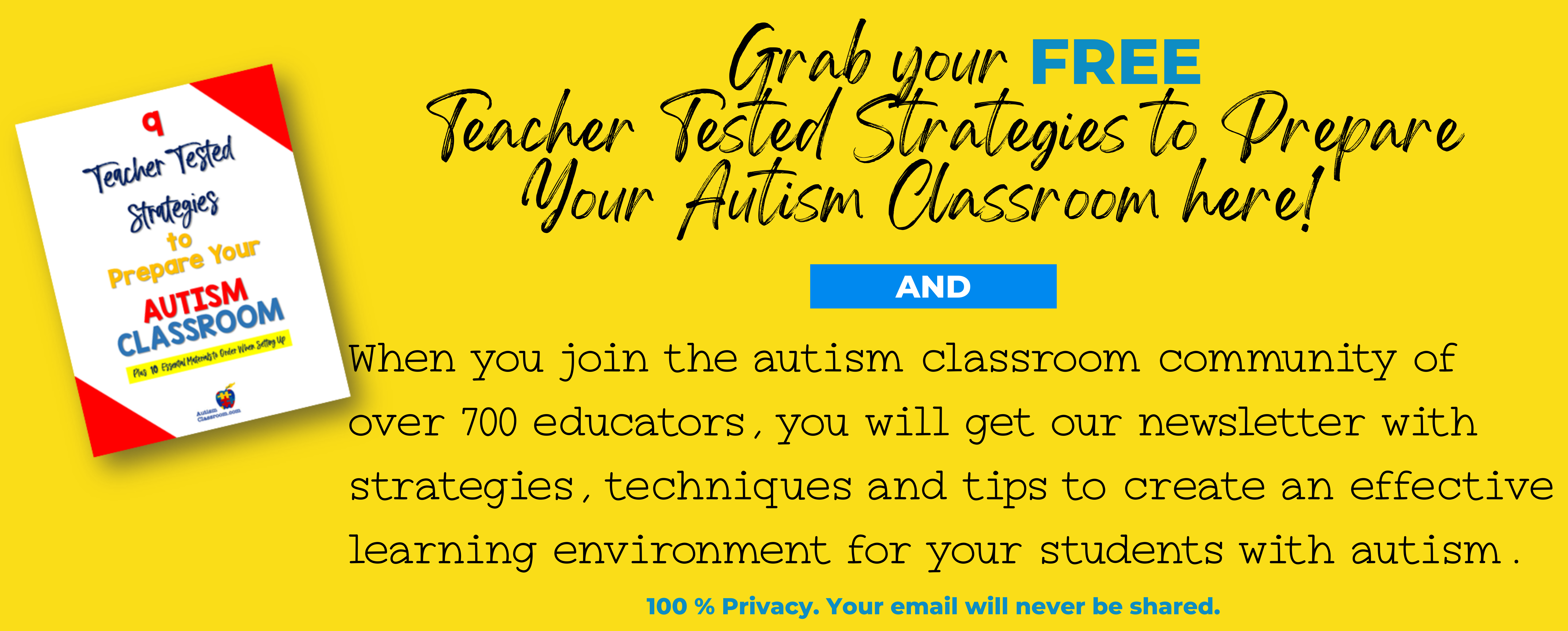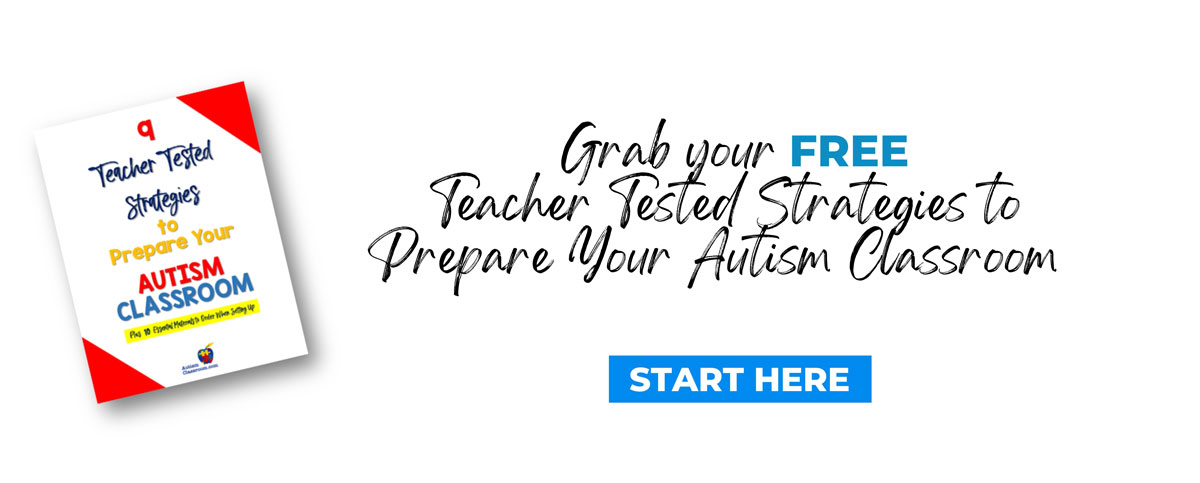With the spring season in full swing, I'm sure many of you are gearing up for exciting field trips to the zoo. It's an adventure-filled experience that brings joy and learning to our students, especially those with special needs. As you prepare for these outings, I want to share four valuable tips to ensure a smooth and enjoyable trip for everyone involved.
Tip 1: Plan Ahead and Communicate
First things first, let's talk about planning. Taking students with special needs on a zoo trip requires careful consideration and preparation. Reach out to the zoo staff in advance to inquire about accessibility options, quiet areas, and any special accommodations they offer. It's also essential to communicate with parents or caregivers to gather information about individual students' needs, preferences, and any specific concerns they may have. It’s even better to have parents chaperone.
Create a visual schedule or social story to help students understand what to expect during the trip. Use simple language and include pictures to make it easier for them to follow along. By planning ahead and communicating effectively, you'll set the stage for a successful outing.
Additionally, everyone wearing bright color shirts won’t hurt!!!
Tip 2: Establish Clear Expectations and Routines
Once you arrive at the zoo, it's crucial to establish clear expectations and routines for the day. Before entering the exhibits, gather your students together for a brief orientation. Review the rules of the zoo, such as staying with the group, using quiet voices, and respecting the animals and their habitats.
Consider implementing a buddy system pairing students with special needs with peer buddies and an identified adult with will work with them and who can provide support and assistance throughout the day. Assign roles and responsibilities to each student to help them feel involved and empowered during the trip. Having clear expectations and routines in place will promote a sense of security and structure, reducing anxiety and promoting positive behavior.
Tip 3: Incorporate Sensory-Friendly Activities
Finally, let's talk about sensory-friendly activities. Many students with special needs are sensitive to sensory stimuli, so it's essential to provide opportunities for them to engage in activities that cater to their sensory preferences.
Encourage students to use their senses to explore the exhibits actively. Provide sensory tools such as fidget toys, noise-canceling headphones, or visual timers to help students regulate their sensory input. By incorporating sensory-friendly activities, you'll ensure that all students can fully participate and enjoy the zoo experience.
Tip 4: Get Supplies Ready
Have your supplies in a backpack. You will want to be hands-free during this trip. Since you will need to hold hands and do all the things. Do not leave it to a carry-on or carry-in-your-hand bag. You will want something you do not have to hold.
By planning ahead, establishing clear expectations, and incorporating sensory-friendly activities, you'll create a memorable outing that promotes learning, exploration, and fun. Part of your planning ahead should include giving students prior knowledge about animals for the trip.
Utilize the Zoo Printables for Autism Support Classrooms and Special Education Support Classrooms to enhance the learning experience and prepare students for what they may see at the zoo. These worksheets offer a variety of engaging activities, including black and white drawings, colorful symbols, real photos of animals, and file folder matching games. They're specifically designed to support students with developmental delays and language processing difficulties, making them perfect for the zoo trip.
Designed with the unique needs of students in mind, these 80+ pages of engaging worksheets are tailor-made to support language development and comprehension, particularly for those who may struggle with processing language.
Let's take a closer look at what's inside:
Black and White Drawings: These worksheets provide students with opportunities for creativity and self-expression. They can color in the drawings while learning about various zoo animals, fostering both fine motor skills and cognitive development.
Symbols with Color: Incorporating symbols with color adds visual interest and aids in comprehension for students who benefit from visual cues. These colorful symbols help reinforce vocabulary and concepts related to zoo animals, making learning both fun and accessible.
Full Color Pages: The inclusion of a few full-color pages brings the zoo to life right in the classroom! Students can explore vibrant images of their favorite animals, sparking curiosity and imagination as they engage with the material. These few pages can be used for file folder or matching games.
Real Photos of Animals: Nothing beats the authenticity of real photos! There are some pages with real photos. By featuring actual images of zoo animals, these worksheets provide students with a genuine connection to the subject matter, enhancing their understanding and appreciation of wildlife.
Worksheets for Matching: The worksheets help students point to and match zoo animals.
These language lessons are carefully crafted to accommodate the needs of students with developmental delays, offering short, hands-on lessons with concrete pictures to increase receptive language skills. While the primary focus is on supporting students with special needs, many of the activities are versatile enough to be used in Pre-K, Kindergarten, or 1st-grade classrooms as independent work.
Whether you're teaching in a special education classroom or a general education setting, these printables are a valuable resource for fostering language development and promoting meaningful learning experiences. From Pre-K to 1st grade, students of all abilities can benefit from a preparation for the zoo trip.
So get ready to embark on an unforgettable adventure with your students, and don't forget to capture those precious moments along the way!


